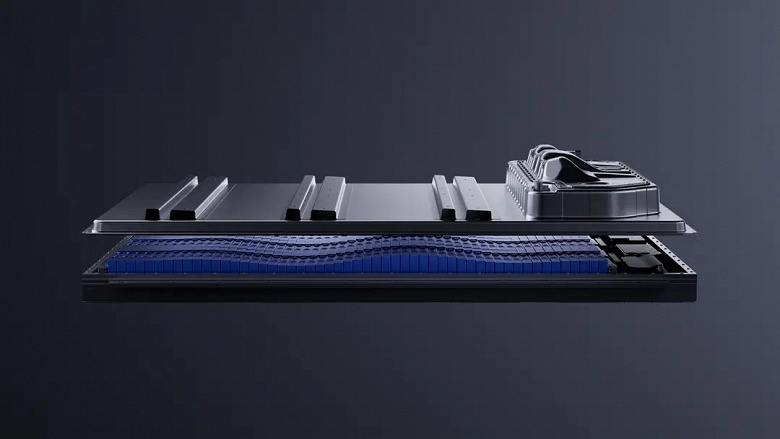Mass Production of Fifth-Generation LFP Batteries
CATL has announced the transition to mass production of its fifth-generation lithium iron phosphate (LFP) batteries. The new platform enhances specific energy and lifespan compared to its predecessor, widening the gap over second and third-generation mass LFP cells. The company notes that the updated elements continue the development of the fourth version, where CATL has already surpassed typical iron phosphate chemistry limitations. The improved architecture is designed for higher energy density and stable performance under extended loads. Alongside, CATL is advancing its lithium solutions, underpinning the Qilin and Freevoy lines. This approach allows the company to offer solutions for various transport classes – from mass-market electric vehicles to high-energy capacity and fast-charge systems.
Nurturing Sodium-Ion Innovations
A separate direction focuses on sodium-ion batteries. Earlier this year, CATL introduced the Naxtra battery, aimed at reducing dependence on lithium and enhancing production eco-friendliness. The company emphasizes the Naxtra’s stable operation in low temperatures, which is crucial for markets with cold climates.

Solid-State Battery Research
CATL also announces a high level of work on fully solid-state systems, viewing them as a future technological platform. Details are not disclosed, but the company underscores an expansion of its research program. New industry insights reveal that despite solid-state batteries’ potential to revolutionize the market with greater energy density and safety, challenges in scalability and cost-efficiency remain critical barriers.
Expanding Market Presence
From January to September, CATL’s share of the global traction battery market reached 36.6%. In China, the company achieved 43% installed capacity (36.14 GWh) in October, comprising both triple lithium batteries and LFP. Robin Zeng, the head of CATL, reported that in the first three quarters, the company delivered about 120 GWh of batteries from nearly 200 GWh of total Chinese exports. Over a decade, more than $11 billion has been invested in research and development, with over 20 million electric vehicles using CATL batteries. Expanding presence beyond the automotive sector, CATL batteries are employed in heavy electric trucks, nearly 900 electric vessels, and a two-ton eVTOL aircraft, which has already undergone test flights and obtained key airworthiness certificates.









